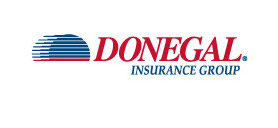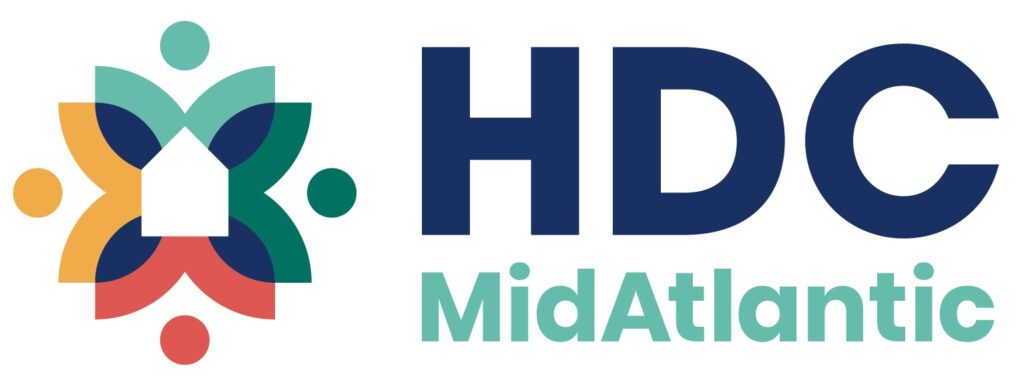Update, March 1: On Tuesday, City Council unanimously approved the Downtown Investment District’s 2023-28 five-year plan and its amended articles of incorporation allowing for up to 17 board members.
Previously reported:
Lancaster’s Downtown Investment District is seeking approval from City Council to expand its coverage area, the size of its board and the assessment it levies on property owners.
City Council will address those proposals in two votes Tuesday evening. One would amend the district’s articles of incorporation to allow up to 17 board members, up from a maximum 11 now; the other is to approve its five-year plan, which includes the footprint expansion and millage increase.
About the DID
The Downtown Investment District, known as the DID for short, is a municipal authority, overseen by a board and administered by the nonprofit Lancaster City Alliance. It marked its 30th anniversary last year, having been established in 1992.
Its signature programs are the red-shirted “ambassadors” and blue-shirted “clean teams” who patrol downtown Lancaster and the surrounding blocks. The organization also sponsors events such as Indie Retail Week and Restaurant Week.
The ambassadors act as eyes on the street and serve as points of contacts for residents, visitors and business owners, while the clean teams remove trash and snow and maintain street trees. In 2019, the DID added a homelessness outreach specialist who engages with individuals on the street and helps them obtain shelter and other services.
The DID’s fiscal year runs from May 1 to April 30. For 2022-23, its budget is $569,798. Just over 70% comes from an assessment, analogous to a property tax, levied on the 601 taxable properties in the district it covers.
That includes both business and residential properties. The latter are almost all multi-family apartment buildings, DID Executive Director Dave Aichele said, estimating the district has no more than a couple of single-family residents.
The district’s 81 tax-exempt properties are exempt from the assessment, but the DID asks those that afford it to make donations. That brings in about $65,000 a year, mostly from Lancaster County government.
In 2018, when the countywide property reassessment took effect, the DID lowered its millage from 2.45 mills to 1.57 mills to stay revenue-neutral. Unlike municipalities and school districts, it wasn’t required to do so, but it wanted to demonstrate “good stewardship,” Aichele said.

The 2023-28 plan calls for ramping back up to 2.45 mills — initially going from 1.57 mills to 2 mills this year, then reaching 2.45 mills via three annual increases.
The median assessed value of property in the district is $232,000, the DID says. Under the 5-year plan, the levy on that amount would rise from $357.28 to $464 this year and eventually to $568.40 in 2027-28, for a total increase of 59% over the period.
The plan also calls for slightly expanding the district’s southwest corner. That would add 47 more taxable properties, for a total of 648.
Property owners in those blocks requested inclusion, Aichele said, and the DID determined that ongoing private investment in those blocks make them a good fit.
Among other things, the expansion will add the 200 block of West King Street, where construction is wrapping up on a $28 million residential project: Landis Place on King, a 79-unit apartment building for ages 55+ being developed by Landis Quality Living.
Between the expansion and the millage increases, the DID projects its assessment revenue growing by 74% over the next five years, to $697,900.
Total revenue, which includes donations, miscellaneous revenue and the DID’s contract for patrolling Binns Park, is projected to increase 62%, to $925,335.
Board expansion
Amending the articles of incorporation to allow 17 board members would allow the DID to increase board diversity, Aichele said.
The board’s 11 current members include residents, business owners and one city official, Director of Community Planning & Economic Development Chris Delfs. Four are women and three are non-White.
The new articles will require state approval as well as City Council’s. Once everything is finalized, the board can expand, although “we’re not going to jump to 17 right away,” he said. Existing board members have already begun to sound out potential new members, he said.







